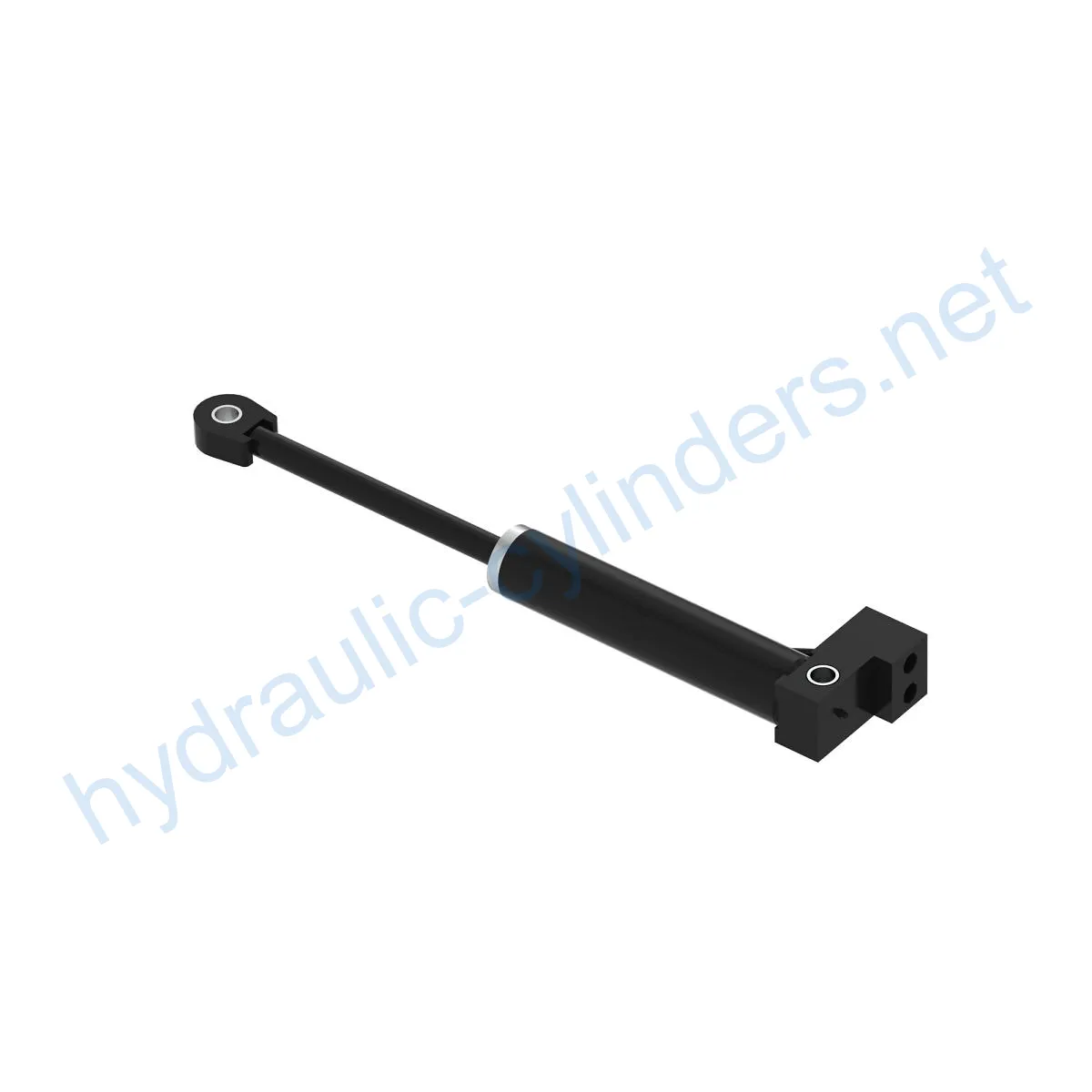Replacement Of AT421438 Hydraulic Cylinder
Üheks hüdrosilindrite tootjaks, tarnijaks ja mehaaniliste toodete eksportijaks pakume hüdrosilindreid ja paljusid teisi tooteid.
Palun võtke meiega ühendust üksikasjade saamiseks.
Post:sales@hydraulic-cylinders.net
Tootja tarnija eksportija hüdrosilindrid.
Replacement Of AT421438 Hydraulic Cylinder
The Replacement Of AT421438 Hydraulic Cylinder is a crucial component for various heavy machinery, including models such as 310K, 310K EP, 310SK, 310TK, TMC, 410K, 410TK, TMC, BA96, BL6, BL7, BL8, BL9, BL10, DB84, DB96, GS66, GS72, GS78, GS84, GS88, GT72, GT80, GU60, GU66, GU72, GU78, HB15, HB30, HB50, HB60, HB75, HB85, HB100, HH30, HH50, HH75, HH80, HH100, LP72, LP78, LP84, MP66, MP66B, MP72, MP72B, MP78, MP78B, MP84, MP84B, MS60, MS72, MS84, MS96, PA40, PC10, RB72, RB84, RB96, SP10B, and SP12B.
Product Definition
The Replacement Of AT421438 Hydraulic Cylinder is a critical component used in heavy machinery to control and manipulate hydraulic systems. It plays a vital role in various applications by converting hydraulic power into mechanical force, allowing the equipment to perform specific functions with precision and efficiency.
Specifications and Models
Weight: 31.74 lb
Height: 6.4 in
Width: 6.4 in
Length: 33.5 in
This hydraulic cylinder is compatible with the following models: 310K, 310K EP, 310SK, 310TK, TMC, 410K, 410TK, TMC, BA96, BL6, BL7, BL8, BL9, BL10, DB84, DB96, GS66, GS72, GS78, GS84, GS88, GT72, GT80, GU60, GU66, GU72, GU78, HB15, HB30, HB50, HB60, HB75, HB85, HB100, HH30, HH50, HH75, HH80, HH100, LP72, LP78, LP84, MP66, MP66B, MP72, MP72B, MP78, MP78B, MP84, MP84B, MS60, MS72, MS84, MS96, PA40, PC10, RB72, RB84, RB96, SP10B, and SP12B.
Key Features
- Improved Equipment Performance: Replacing damaged or worn hydraulic cylinders can restore the normal operation capability of equipment, ensuring optimal performance in various applications.
- Enhanced Safety: Regularly replacing hydraulic cylinders can reduce safety hazards caused by cylinder failures, ensuring the safety of operators and equipment.
- Overload Protection: New cylinder designs often incorporate better overload protection mechanisms, increasing overall safety.
- Quick Installation: Modern hydraulic cylinders are designed for easy installation and replacement, minimizing downtime.
- Standardized Components: Many hydraulic cylinders are standardized products, making it easier to obtain replacement parts in the market.
We specialize in producing hydraulic cylinders that are perfect replacements for the mentioned models. Our products are designed to meet and exceed the specifications of the original cylinders, ensuring seamless compatibility and reliable performance.
Applications
The Replacement Of AT421438 Hydraulic Cylinder finds its application in various scenarios, including:
- Excavators: Hydraulic cylinders in the excavator’s arm or bucket may get damaged due to prolonged use or overload, requiring replacement to restore normal operation.
- Cranes: The hydraulic cylinders in a crane’s boom are prone to wear and tear due to frequent lifting and lowering, necessitating regular replacement to ensure safety.
- Tractors: The hydraulic cylinders in a tractor’s front-end loader can experience leaks or performance degradation during continuous lifting and tilting operations, requiring replacement.
- Harvesters: The hydraulic system in harvesters operates under high pressure, and fatigue can cause cylinder damage, necessitating timely replacement to maintain work efficiency.
- Automated Production Lines: Hydraulic cylinders are used to control robotic arms and other automated equipment. Cylinder failure can significantly impact production efficiency, requiring immediate replacement.
Maintenance Tasks
Regular maintenance is vital for ensuring the longevity and optimal performance of the Replacement Of AT421438 Hydraulic Cylinder. The following are three common maintenance tasks:
- Periodic Inspection: Regularly inspecting the hydraulic cylinder for any signs of wear, leaks, or damage is essential to identify potential issues before they escalate.
- Proper Lubrication: Adequate lubrication is crucial for minimizing friction and extending the lifespan of the hydraulic cylinder. Ensure the use of suitable hydraulic oil and follow the manufacturer’s recommendations.
- Seal Replacement and Calibration Check: As seals can wear out over time, it is important to replace them to maintain optimum performance. Additionally, periodic calibration checks help ensure accurate operation.
During installation, it is important to provide proper guidance on aligning the cylinder correctly. We recommend using appropriate installation brackets to secure the cylinder. For inspection, repair, or replacement procedures, we provide a wide range of replacement parts and rebuilding services to prolong the lifespan of your hydraulic cylinders.
Safety Considerations and Environmental Factors
When using hydraulic cylinders, implementing safety measures is of paramount importance. This ensures the protection of operators and equipment from potential hazards. It is crucial to follow industry best practices and adhere to safety guidelines when working with hydraulic systems. Additionally, considering environmental factors such as proper disposal of used hydraulic components helps minimize the impact on the environment.
Troubleshooting and Common Issues
Proper troubleshooting and timely resolution of issues are essential for maintaining the optimal performance of hydraulic cylinders. Here are some common problems that may arise:
- Leakage: If you notice hydraulic fluid leakage from the cylinder, it may indicate a damaged seal or other internal issue. Inspect the cylinder and replace the necessary components.
- Slow Cylinder Movement: If the hydraulic cylinder moves slower than usual, it could be due to insufficient lubrication or a problem with the hydraulic system. Check the lubrication levels and fluid flow to identify the cause.
- Erratic Cylinder Operation: Inconsistent or unpredictable cylinder movement can be caused by issues such as air trapped in the system or a malfunctioning control valve. Properly bleed the system and check the valve for any faults.
For troubleshooting, we recommend referring to the manufacturer’s guidelines and seeking professional assistance when necessary. Promptly addressing these issues helps prevent further damage and
Tehke ekskursioon meie VR-tehases:
Tehke ekskursioon meie VR-tehases koos järgmisega
Hüdrosilindri kasutamine:


